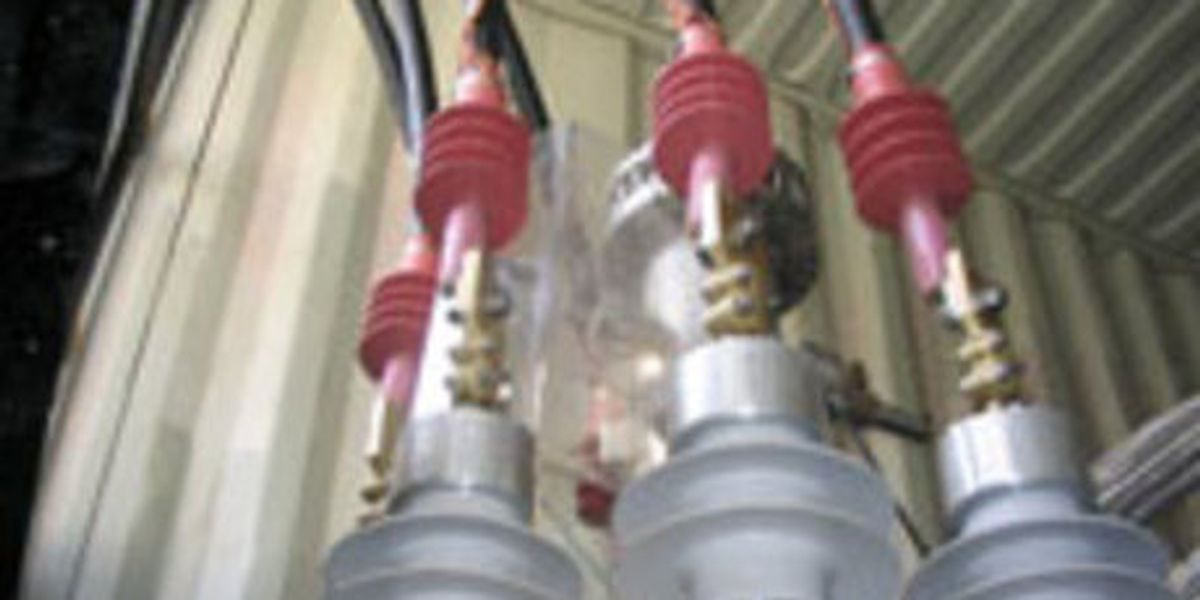Nearly a quarter of a century ago a new class of superconductors--the so-called high-temperature superconductors--was announced to great fanfare at a New York City physics meeting. The new superonductors lost all electrical resistance at temperatures obtainable with liquid hydrogen or liquid nitrogen; before long, scientists predicted, more tinkering would yield materials that superonducted at room temperatures. And soon too, the evolving new materials would find wide applications in power systems, as transmission cable and in transformers, turbines, and motors.
As it happens, two decades later we have remarkably little to show for all that. Room-temperature superconducting materials have not been discovered or invented, and power applications have been few and far between. A few lengths of superconducting cable have been placed in service in operating systems, with a number of new projects announced this year, and the U.S. Navy has built a succession of motors for ships. But the materials have not found wide application, and most major power system components--notably transformers and turbines--continue to be made from conventional materials.
An exception is the fault current limiter (FCL), a device that does pretty much what it says: Constrain surge currents in the grid. There are two kinds: reactive FCLs, consisting essentially of inductive coils; and resistive. In the reactive FCL, use of superconductor allows for a smaller core, but the superconducting property of the conductor otherwise makes no contribution to the operation of the device. (Two such devices were described in IEEE Spectrum feature articles, in the 1990s.) In the resistive FCL, however, the superconducting property is crucial.
Earlier this month, three leading companies in superconductor applications--France's Nexans, Germany's Siemens, and American Superconductor (AMSC)--put a prototype device through its paces at Powertech's laboratories near Vancouver, British Columbia. The device "passed all tests to validate its performance," says Jack McCall, managing director, superconducting power systems, AMSC. That is to say, in the jargon of the trade, it was "qualified."
The new superconducting resistive fault current limiter, unlike reactive precursors, is designed for use at transmission system voltages (64 kV and above), not just distribution voltages. A length of superconducting cable is wired in parallel to a resistive or reactive element, depending on what the situation requires. When a surge current enters the superconductor, it turns resistive and acts as a very fast switch, shunting the current to the parallel element.
What's next? The three companies would like to find a utility to help it build a working prototype that would be tested in an operational situation.
Meanwhile, a project AMSC has with Con Edison in New York City to install a device connecting an old and new substation appears to be getting back on track. The idea was to develop and install superconducting cables that would connect substations in a much tighter mesh, so that if stations or feeder cables fail, power can be instantly rerouted. Delayed because the originally intended project tanked with the economy, a new project now has been identified, and so the project is going forward again, says McCall.


